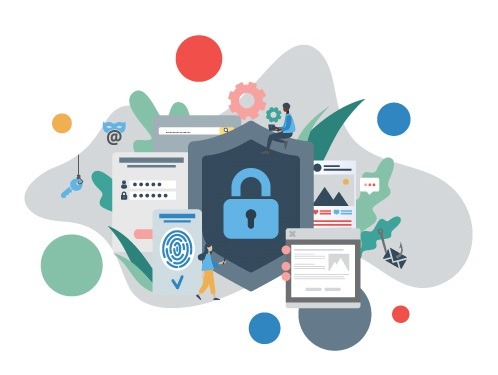WHAT IS IDENTITY THEFT?
Identity theft occurs when criminals steal a victim’s personal information to commit criminal acts. Using this stolen information, a criminal takes over the victim’s identity and conducts a range of fraudulent activities in their name.
Cyber criminals commit identity theft by using sophisticated cyber attack tactics, including social engineering, phishing, and malware. Identity theft can also result from rudimentary tactics with criminals stealing mail, digging through dumpsters, and listening in on phone conversations in public places.
The ultimate goal with many cyber attacks is to steal enough information about a victim to assume their identity to commit fraudulent activity. Unfortunately, most people only discover they’re victims of identity theft when they apply for a loan, attempt to open a bank account, apply for a job, receive a call from a collection agency, or request a new credit card.




